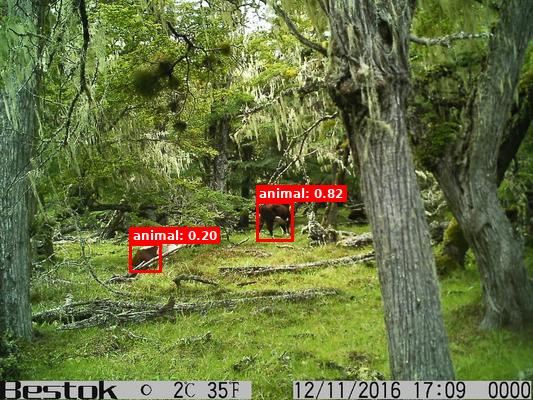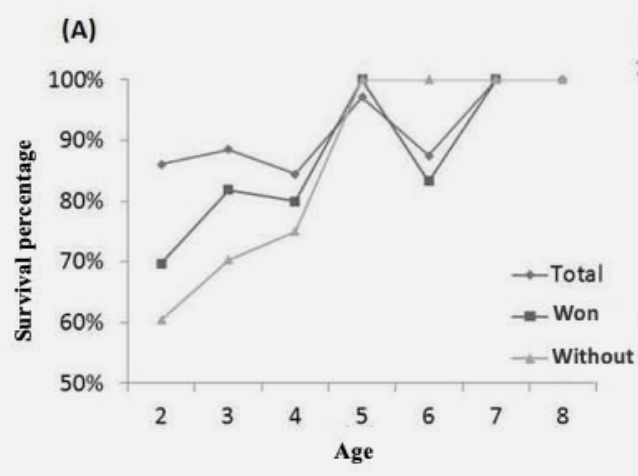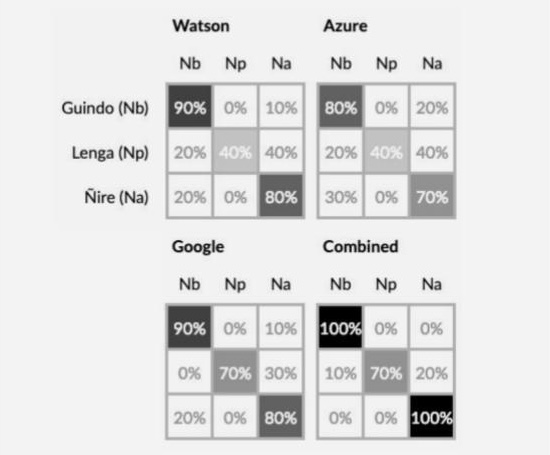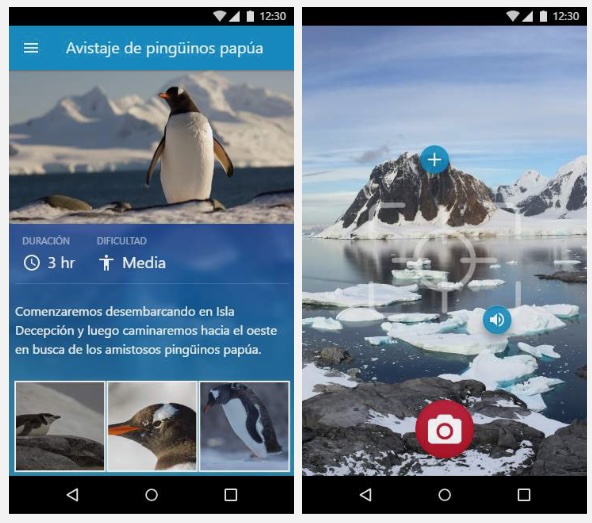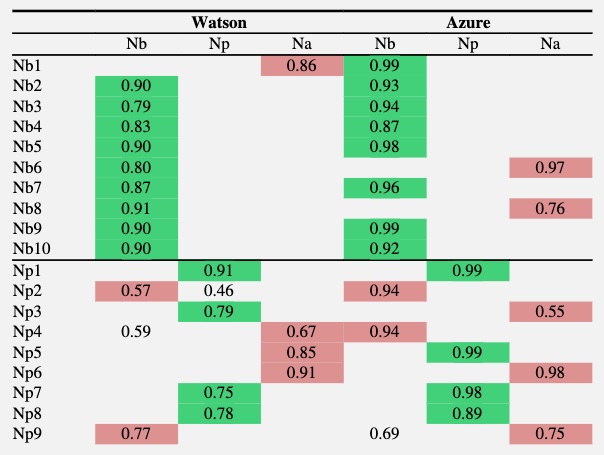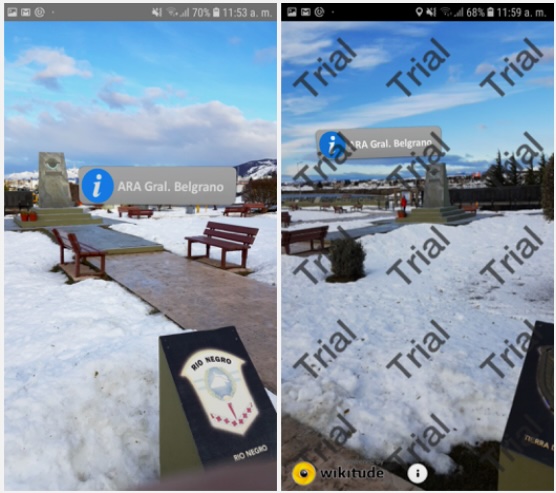
DADO: A Depth-Attention framework for Object Discovery
Federico Gonzalez, Estefania Talavera, Petia Radeva
CAIP 2025, Springer Nature Switzerland
Unsupervised object discovery, the task of identifying and localizing objects in images without human-annotated labels, remains a significant challenge and a growing focus in computer vision. In this work, we introduce a novel model, DADO (Depth-Attention self-supervised technique for Discovering unseen Objects), which combines an attention mechanism and a depth model to identify potential objects in images. To address challenges such as noisy attention maps or complex scenes with varying depth planes, DADO employs dynamic weighting to adaptively emphasize attention or depth features based on the global characteristics of each image. We evaluated DADO on standard benchmarks, where it outperforms state-of-the-art methods in object discovery accuracy and robustness without the need for fine-tuning.
